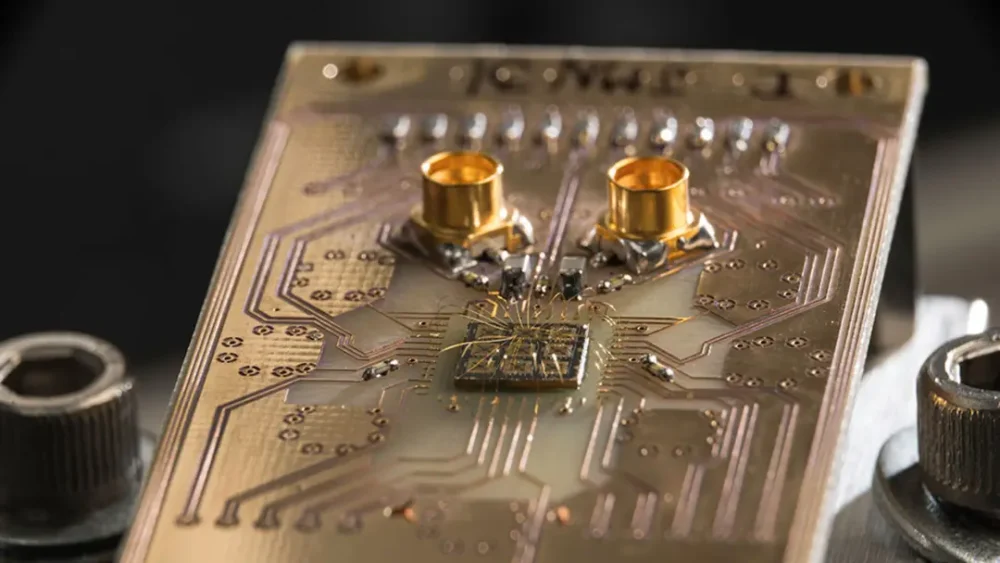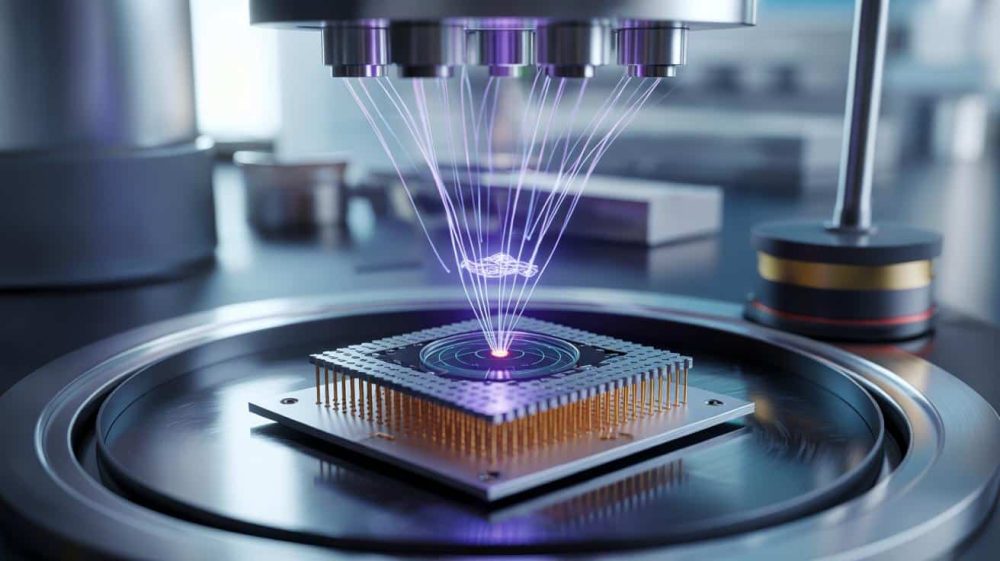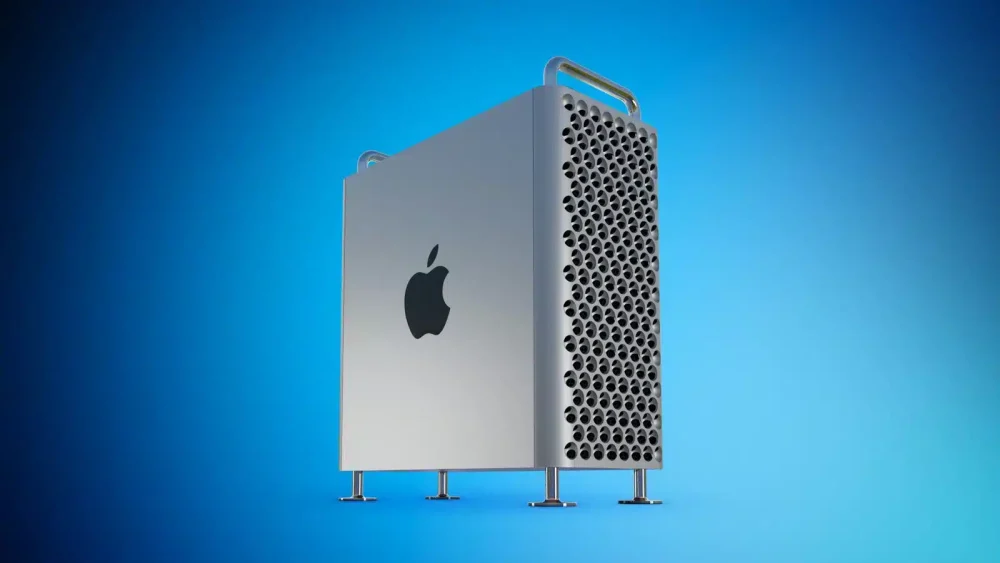Silicon has powered the digital world for more than half a century, from PCs and phones to data centers and AI chips. But as chips get smaller and denser, silicon is hitting its physical limits: more heat, more power, less gain.
Now, scientists from the University of Warwick (UK) and the National Research Council of Canada say they’ve created a new material that could push electronics, and even quantum devices, into a faster, cooler era, without throwing away today’s chip factories and bringing germanium, a classic 1950s transistor material, back into the game in a very modern way.
What Did They Actually Do?
The team built a nanometre-thin layer of germanium on a silicon wafer and “squeezed” it, applying compressive strain to make its crystal structure ultra-clean and highly ordered.
This structure lets electric charge move through it with unprecedented ease.
They call the material:
Compressively Strained Germanium-On-Silicon (cs-GoS)
In tests, it achieved a record hole mobility of 7.15 million cm²/V·s, which is many times higher than standard industrial silicon and the highest ever reported for a silicon-compatible group-IV semiconductor.
In simple terms:
Charge carriers travel through it far more easily than in silicon, which means less energy is lost as heat and higher potential speeds.
Why Germanium, Isn’t Everything About Silicon?
Most modern chips are based on silicon because:
- The manufacturing ecosystem is mature and optimized
- Silicon is relatively cheap and well understood
But silicon isn’t the best at everything. Germanium:
- Offers higher carrier mobility (charge moves faster)
- It was used in the very first transistors in the 1950s
- Fell out of favor mostly due to process complexity and cost, not performance
The clever part of this work is not “just” using germanium, it’s doing it in a way that:
- Works on top of normal silicon wafers
- It is compatible with existing chipmaking tools
- Keeps industrial scalability in mind from day one
Why this is a big deal
The new CS-GoS material could enable:
- Faster processors with lower power consumption
- Cooler chips are important for data centers and AI clusters
- Better platforms for quantum devices, like:
- spin qubits
- cryogenic control electronics for quantum processors
Because it’s silicon-compatible, manufacturers wouldn’t need to build entirely new fabs from scratch. They could:
- Reuse existing infrastructure
- Integrate this material into selected layers or components
- Gradually introduce it in specialized, high-performance parts of the chip
That’s exactly the kind of path industry likes: big performance jump, minimal disruption.
From Lab To Real Products
We’re still at the materials and physics stage:
- The record mobility is measured on test structures, not full CPUs
- Next steps involve:
- designing actual devices (transistors, quantum dots, etc.) on CS-GoS
- integrating them into circuits
- checking reliability, yield, and manufacturability
Silicon Is Not Dead
This work shows that quantum-grade, ultra-high-mobility materials can live on top of silicon, giving us:
- A path to ultra-fast, low-power chips
- New platforms for quantum information processing
- And a way to stretch the silicon era further than many expected
Its Significance
You won’t see “cs-GoS” written on a laptop box anytime soon, but:
- Future AI accelerators, data center chips, and quantum controllers could be built on this kind of material
- That means:
- Lower electricity bills for big computing centers
- Less cooling demand
- More performance per watt – crucial for AI and cloud services
- For consumers, this translates into:
- Faster services
- Greener infrastructure
- More room for heavy workloads (AI, simulation, graphics) without the power curve exploding


